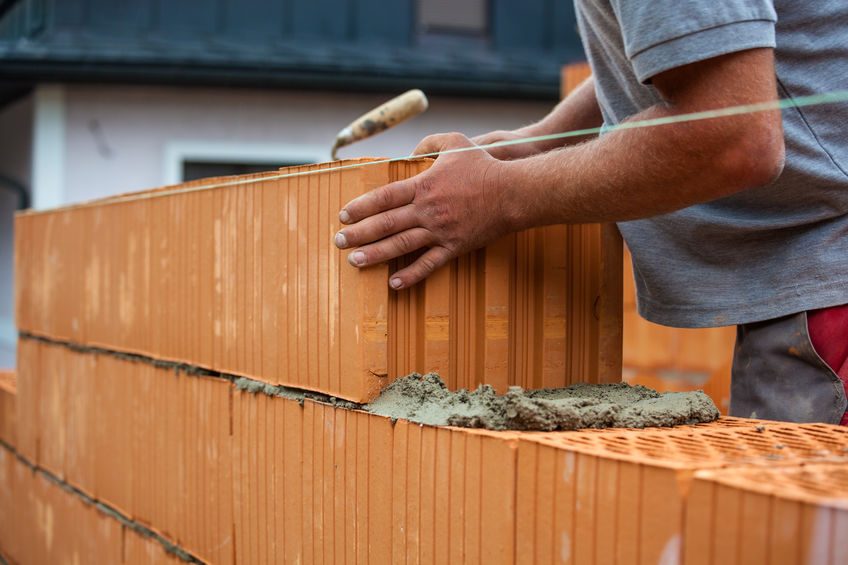This article is from the Australian Property Journal archive
NEW apprenticeship and trainee data shows the critical construction labour shortage is set to continue in the coming years, and make the state and federal governments’ mission to deliver more than 1.2 million homes over five years all but impossible.
Over the year to September 2023, a total of 42,333 new apprentices started in the building and construction industry, showing a 25% plunge on the previous 12-month period, according to the National Centre for Vocational Education Research.
BuildSkills Australia, tasked by the federal government to gather insights from workers, unions, and government to address skill shortages, estimates the government would need an extra 90,000 tradies in order to deliver the 60,000-plus homes each quarter from July when the National Housing Accord and Housing Australia Future Fund begin.
The number of apprentices in training in building and construction decreased by 3% over the 12 months to September, to 120,881.
A total of 21,814 construction apprentices completed their training, a 7.9% fall.
“We need more apprentices starting and completing their training in trades,” said Master Builders Australia CEO Denita Wawn.
The building and construction sector remains by far the largest employer of apprentices of any industry, accounting for 33% of all Australian apprentices. However, Wawn said the industry workforce is ageing and has a typical exit rate of 8% a year. Master Builders estimates half a million new entrants over the next three years are needed to hit targets, including the National Housing Accord, and longer-term the transition to net zero by 2050.
“Addressing the immediate labour shortage requires a multifaceted approach. While efforts to strengthen domestic apprenticeships are vital, it’s evident that domestic sources alone cannot fill the workforce gaps in the short term.
“Skilled migration and better utilising the skilled migrants already in the country but who are not currently working in the industry are vital pieces of the puzzle,” she said, adding that it was too hard and expensive to have their professional capacity recognised to work in a trade in Australia, and they are instead in roles that present fewer hurdles to obtain.
According to the Parkinson Migration Review, it could cost nearly $10,000 and take up to 18 months to obtain skills assessments or qualifications recognition.
Wawn also said vocational education and training has been “seen as the second-class citizen to universities for far too long”.
“We need to change people’s perceptions of working and needing a vocational education to look at trades as a pathway into a vibrant, well-paid and very large industry.”
“There are a number of skilled migrants already in Australia who are working in roles below or unrelated to their qualifications or work experience in their home country.




